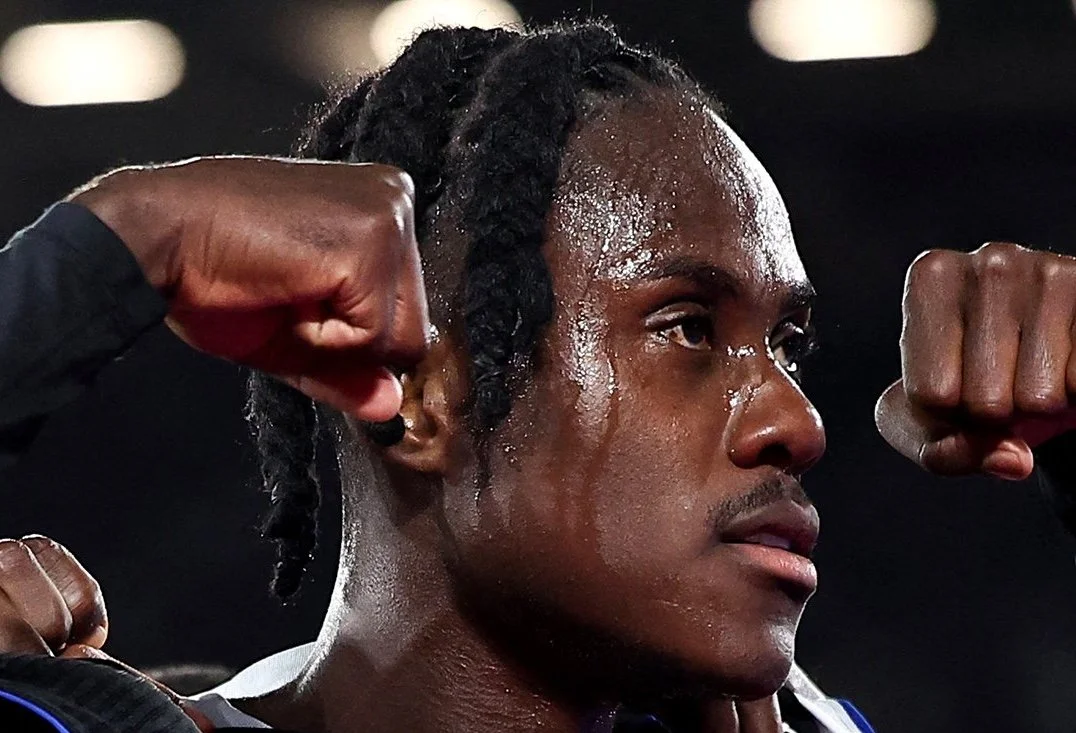Emotions such as happiness and gratitude are largely processed cognitively through neurochemicals like dopamine and serotonin. Many of the emotional responses leaders experience under pressure, however, are adrenaline-driven and felt physically in the body. These responses directly influence presence, decision-making, and leadership impact.
I first recognised this dynamic in high-pressure performance environments, where physical tension signalled emotional reactivity. By learning to release tension and ground myself, I gained the ability to intentionally choose my emotional state. This approach was not based on self-talk, which often reinforced self-criticism, but on embodied awareness and presence. The result was greater focus, clarity, and the ability to operate effectively under pressure.
For leaders, emotional choice begins with noticing physical signals. Releasing tension and reconnecting with the emotional state you want to lead from allows you to respond rather than react. Emotions shape behaviour and influence others more powerfully than words, making emotional regulation a critical leadership capability.







